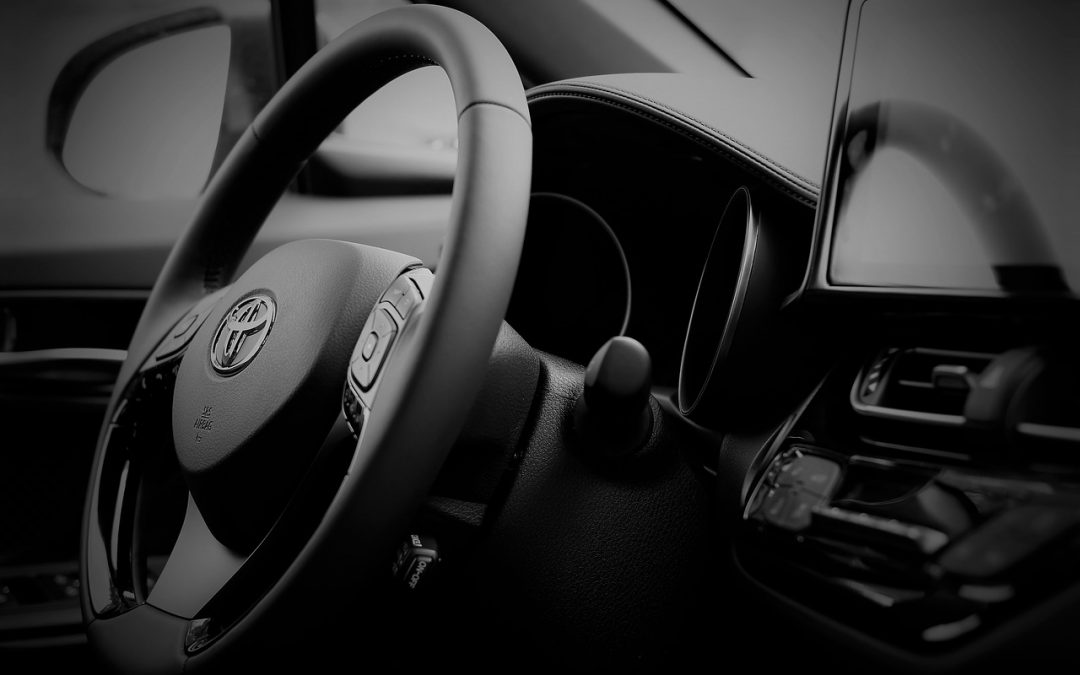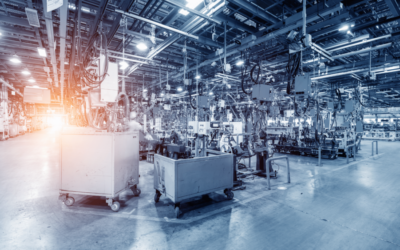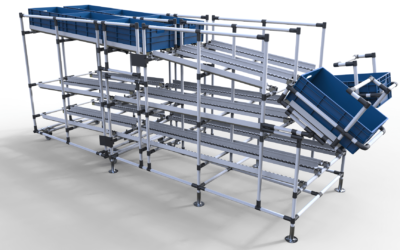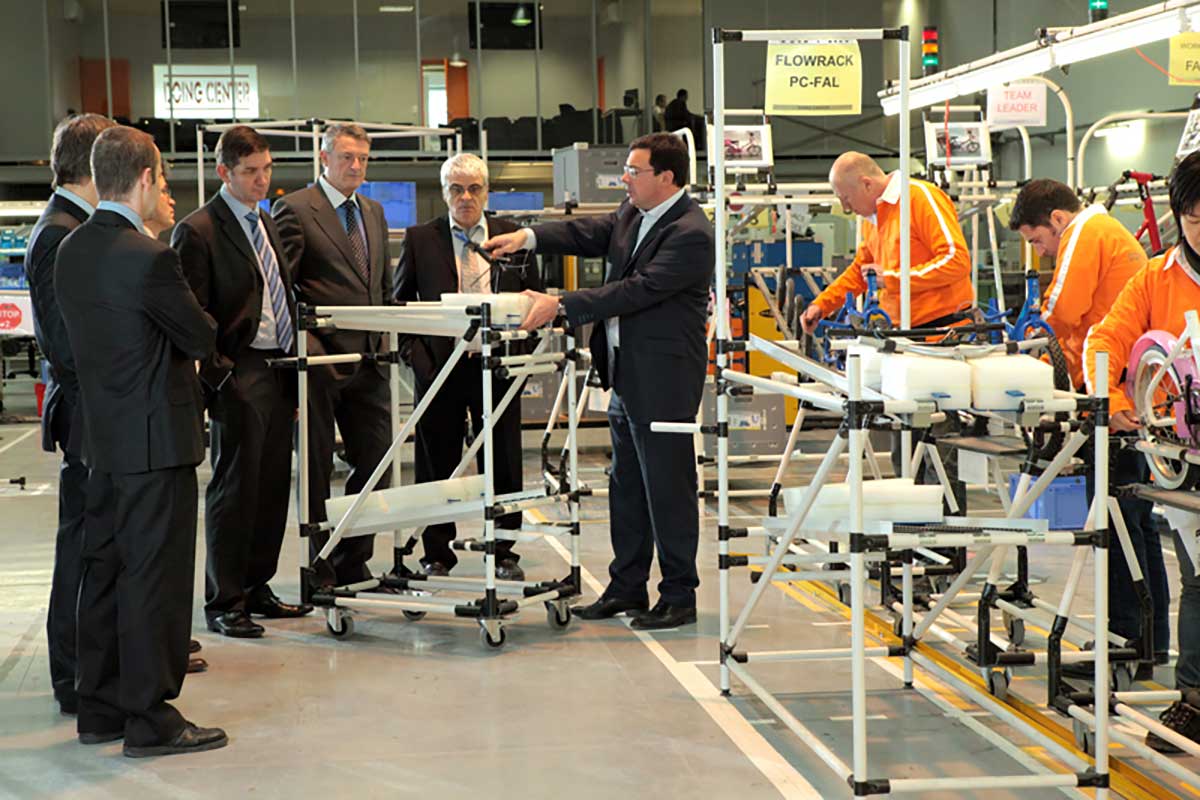The “fast casual” restaurant category may be the furthest thing from automotive production, but a recent article in the Wall Street Journal perfectly captures the application of Toyota Production System (TPS) principles to this industry. It’s a fun illustration of why the Production part of TPS is a misnomer. The full power is found when implemented as a unified Business Operating System (BOS) and Business Management System (BMS).
Understand the order to cash time and aggressively reduce it
“Sandwich-and-soup chain cut wait time to order from eight minutes to one”
There are a few macro operational timelines in every industry. The customer impact from each will vary by situation, but in fast casual a big one is the wait time from when you arrive to when you receive your order because the customer is in a time crunch. Improve this time and you directly improve the customer experience.
Think, and act, with customers in mind
“By the time I’d get there, find a parking space, go in and wait for the food, it’s 30 minutes. I’d just as soon go to my fridge and look for leftovers,” he [Ron Shaich, Panera CEO] recalled thinking.
If the company CEO would rather eat leftovers than at his own restaurant, what does the average customer think? By living the real experience, walking the actual customer’s path, you understand the reality of the experience – not the way you want it to be, not the process in the powerpoint – the ground level truth.
Constant, daily small kaizen (continuous improvement mindset and actions) creates massive improvement over time
“It was literally hundreds of these little things that we did,” said Mr. Hurst, who became company president last year after holding several other executive positions with Panera.
Technology implementation gets the headlines, but it is the consistent and daily improvement in all areas of the operation involving people, product, and process that creates a system wide improvement.
Each improvement creates a new issue somewhere else. Know that new issues will appear and keep resolving them.
“Easing the ordering bottleneck by taking orders online, instead of at the counter, wasn’t enough: The kitchen had to be able to handle the volume. Allowing customers to place orders themselves led to more customization, but also more staff mistakes. The company revamped the way employees process orders in an effort to minimize errors by simplifying the kitchen display systems.”
The well known analogy here is a boat in a pond – the surface is calm, but below the surface there are jagged rocks of various shapes. As you lower the water level (waste or non-value add buffer) you start to expose the dangerous rocks (issues). Lower the water too fast without removing the rocks (solving problems), and the boat (your operation) will suffer damage. Lower the water and remove the rocks while constantly monitoring progress.
Top management must live and breathe the system. They need to showcase the change.
“Messrs. Shaich and Hurst spent about 100 hours a week in that Braintree cafe observing what would work.”
A revolution in how you approach your customers and your operation will not succeed if it’s only bottom up or middle out. Top management needs to also change how they manage, how they communicate, how they deliver value, and participate hands on in the change to show results. This isn’t Undercover Boss – it’s really knowing with hands on time and experience the work it takes to make change happen, and the ongoing work it takes to sustain that change.
Results will not come overnight. Discipline and consistency are required to make the effort stick.
“I took three years of flat earnings and a lot of heat as we made these bets,” Mr. Shaich said.
Investing in the future of the business requires short term capital outlay to create long term value. Think with the right time horizon.
Use technology as an enabler of a superior system, not a cure all for a poor quality operation
“…opened a prototype Panera in Braintree, Mass., to test all elements of “Panera 2.0”: self-order kiosks, delivery, digital ordering and a new practice of bringing food to customers’ tables.”
Various phases of the customer interaction and delivery operation were changed and tested to get the right result. Layering technology onto to existing process and calling it innovation would have resulted in failure.
Prioritize – know what the big problem is and get to work solving it
“…demand wasn’t the company’s problem, but rather its ability to handle it. By implementing digital ordering, he said, ‘They were really solving a problem.’”
Frantic improvement activity may not do anything to create results. If Panera had been focused on SEO and creating organic growth, they would have added to their existing bottleneck and created more problems. Make sure you know what your biggest problem is and focus on resolving it.



